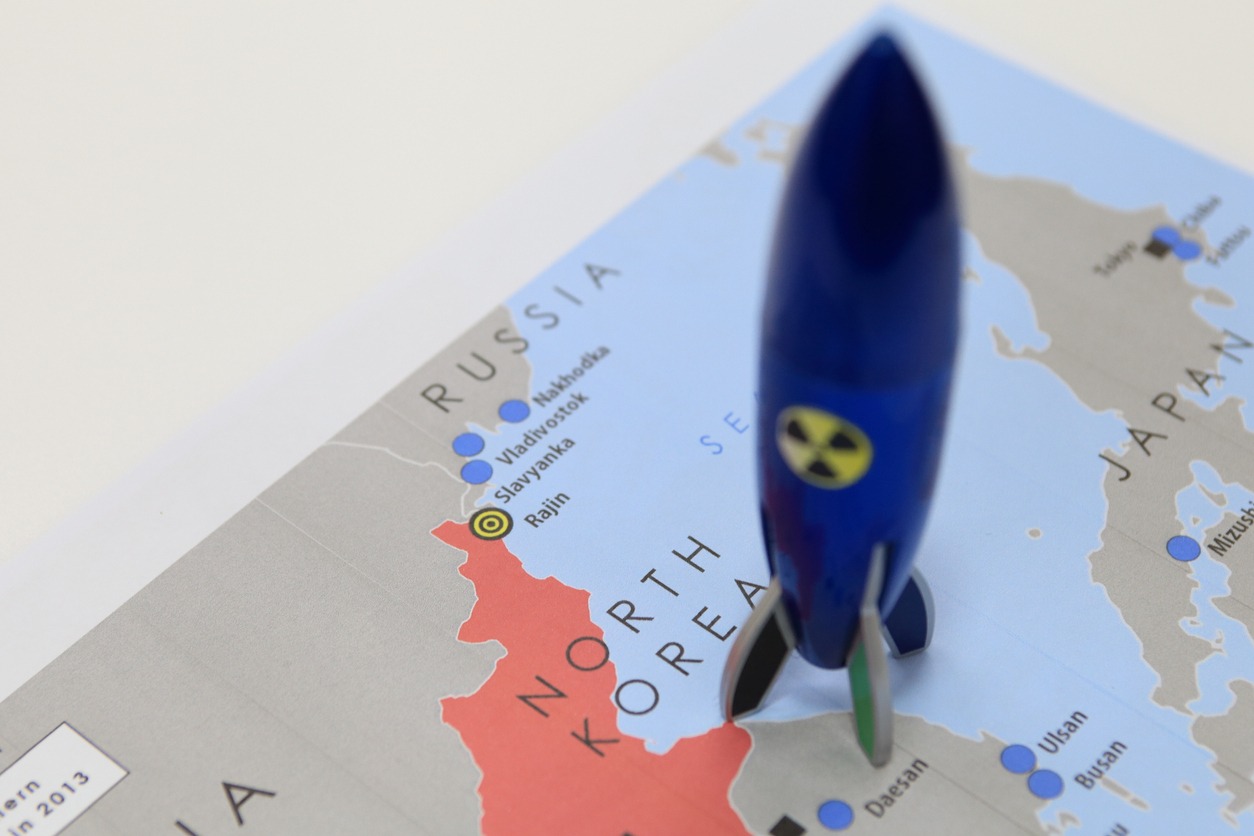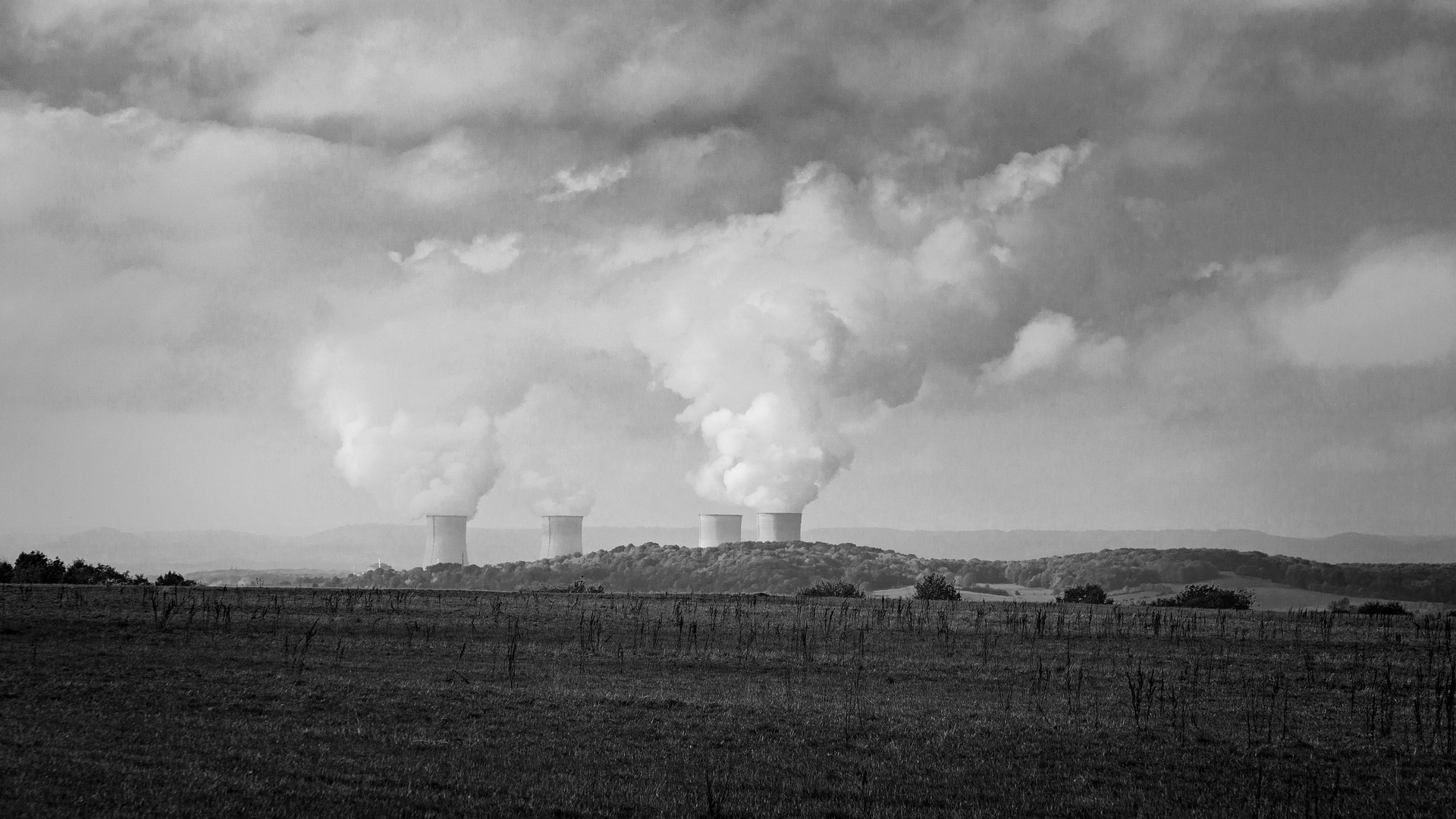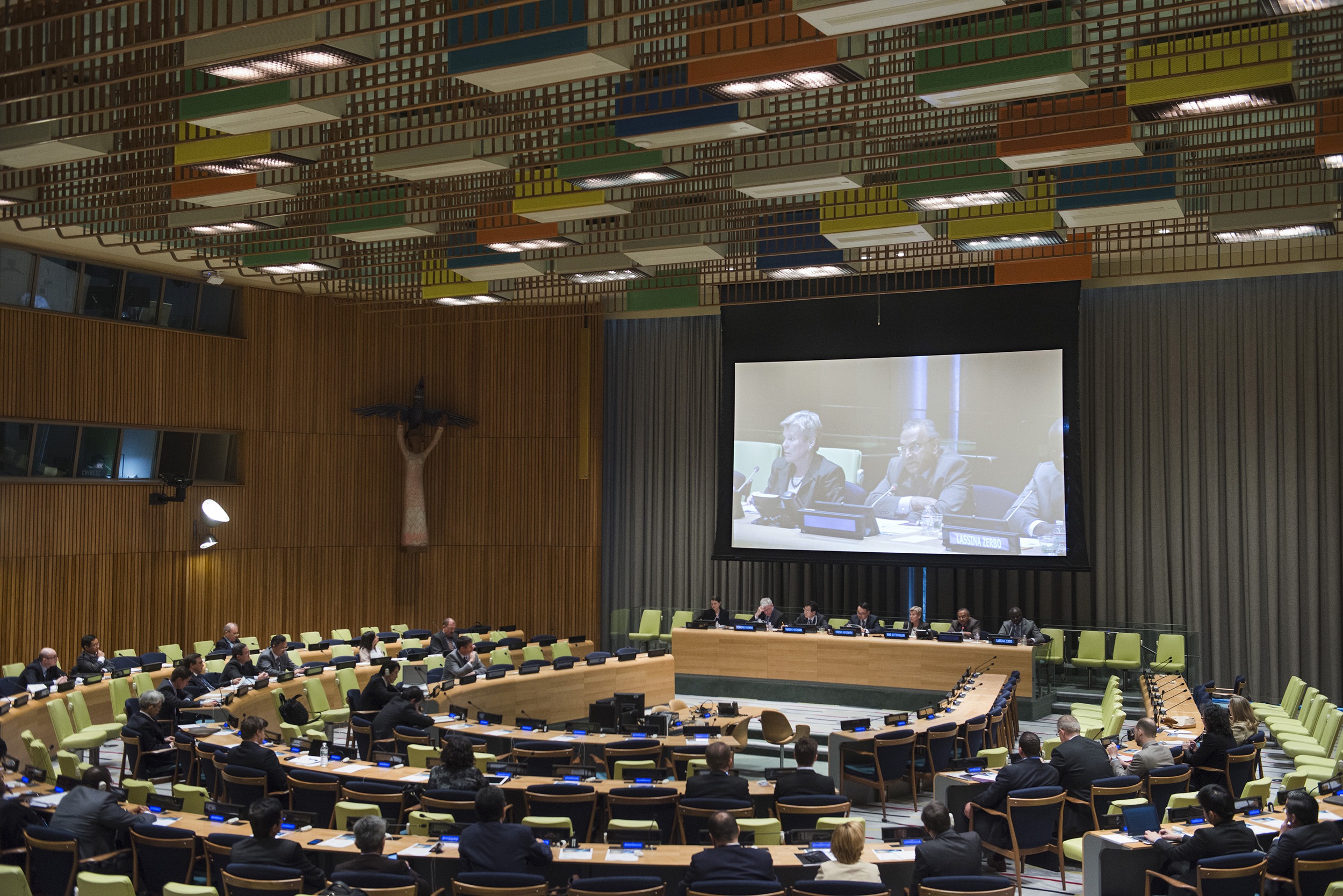North Korea is the Litmus Test for a Nuclear Weapons Ban
A UN negotiating conference has just adopted a treaty banning nuclear weapons. Will this influence North Korea, and if not, what’s the point?
Achieving complete nuclear disarmament could be the greatest of all international challenges. Whether the North Korean crisis can be resolved will be a good indicator of whether it is possible to eliminate nuclear weapons, John Carlson writes.
On 7 July 2017 a negotiating conference established by the UN General Assembly adopted a draft treaty which included banning development, production, possession, stationing and deployment, use, threat of use, and testing of nuclear weapons. The treaty will be open for signature on 20 September 2017, and will enter into force after it has 50 ratifications. The treaty will be legally binding only on those states that join it.
The treaty negotiations were boycotted by all nine nuclear-armed states (the US, Russia, UK, France, China, India, Pakistan, Israel and North Korea) and their allies, including Australia. They argue that a ban treaty is totally unrealistic and meaningless when, for the foreseeable future, nuclear weapons will remain essential to their national security. They maintain that nuclear reductions are possible only through a step-by-step approach, and can’t be forced by a ban treaty.
The negotiation participants – some 130 states comprising almost two-thirds of the membership of the Nuclear Non-Proliferation Treaty (NPT) – argue that the NPT nuclear-weapon states are not taking seriously their NPT commitment to pursue nuclear arms reductions and disarmament.
Although the Cold War ended almost 30 years ago, the world still has 15,000 nuclear weapons and the risk of nuclear war is increasing. A ban treaty is needed to re-energise disarmament efforts. While the nuclear-armed states are not expected to join the treaty in the near term, the treaty will help to stigmatise nuclear weapons and change mindsets about retaining them.
The ban’s opponents point to North Korea, which began its nuclear weapon program in violation of the NPT and is expanding its nuclear and missile programs in defiance of Security Council resolutions. Since North Korea pays no attention to treaties, they ask, how can anyone rely on a nuclear weapon ban treaty?
The North Korean crisis is just one illustration of the difficulty of enforcing international law and order. Maintaining international peace and security depends on a strong commitment to the principles of the United Nations – the peaceful settlement of disputes and, where necessary, collective security.
It is clear that achieving complete nuclear disarmament will be a major challenge, probably the greatest international challenge. A world without nuclear weapons cannot be the same as today’s world minus the nuclear weapons. Nuclear disarmament will not be possible without a much greater commitment to international cooperation than there is today. There must be total commitment to dealing with challenges to world order.
Paradoxically, in a world free of nuclear weapons the risk of nuclear proliferation could well be higher than today – if no-one else has nuclear weapons, a state like North Korea could become a super power. If the P5 (the Permanent Members of the Security Council) are unable to cooperate to resolve the present North Korean challenge, this is a sure sign that the conditions for achieving nuclear disarmament are decades away, if ever.
On the other hand, the present lack of readiness for disarmament is no excuse for doing nothing. As the Australia/Japan International Commission on Nuclear Non-Proliferation and Disarmament pointed out in its 2009 report, there are many steps that can and should be taken in the near term that will not jeopardise any state’s national security.
It would be possible to progress to a “minimisation point”, a global total of around 2,000 nuclear weapons, within 10-15 years. The steps taken towards this goal would significantly reduce the risks of nuclear war compared with today.
After this point there would be a more challenging process of moving to lower numbers and eventual elimination. This could take an extended period and will depend on high levels of trust as well as robust verification. The experience of cooperating to reach the minimisation point will help to build the confidence and trust needed to proceed further. The ban treaty is one important step along the way, reinforcing the international norm against nuclear weapons.
The North Korean case highlights the dangers of nuclear weapons. Established ideas of nuclear deterrence don’t apply where a regime is using nuclear weapons not only to deter external interference but also, in effect, to deter its own people. There is a simplistic view that Libya’s Muammar Gaddafi would not have been overthrown if he’d had nuclear weapons. North Korean “success” will reinforce this view – if this crisis is not resolved, similar crises can be expected in the future.
This is a highly unpredictable situation where the lives of millions in other countries (not only the US, but also China, Japan, South Korea and elsewhere) are hostage to North Korea’s internal stability. The world cannot accept this situation. Threatening millions with annihilation is abhorrent – this applies both to North Korea’s threats and to the threat of nuclear retaliation that is implicit in nuclear deterrence.
The major powers must engage with North Korea to find a peaceful solution, if necessary backing diplomatic efforts with sanctions that are strong enough to change North Korean behaviour.
As I’ve argued elsewhere, the solution could involve a nuclear and missile freeze in return for replacing the current armistice by a peace treaty and security guarantees, followed by a broader peace settlement and a nuclear roll-back. This is an important litmus test for the ability of the major powers to cooperate to maintain international order. If they are unable to do so, there will be serious implications for the prospects of nuclear disarmament.
About the Author
John Carlson is a former Director General of the Australian Safeguards and Non-Proliferation Office and founding Chair of the Asia-Pacific Safeguards Network.
Disclaimer: The views expressed in this commentary are those of the author and do not necessarily reflect the official position of the Asia-Pacific Leadership Network or any of its members.
Image: iStock.



